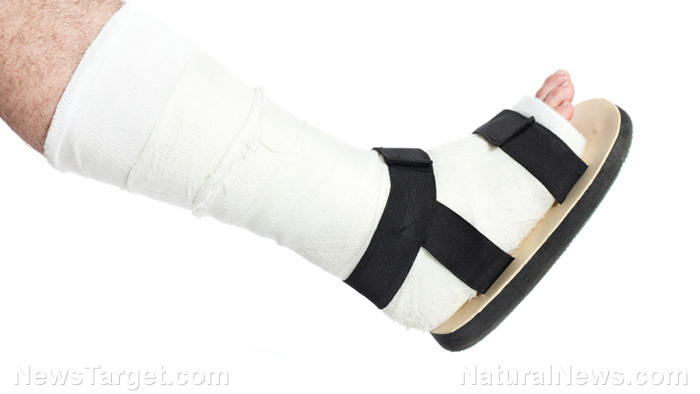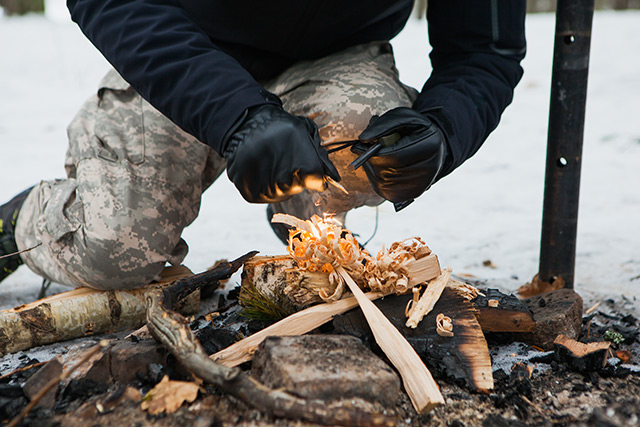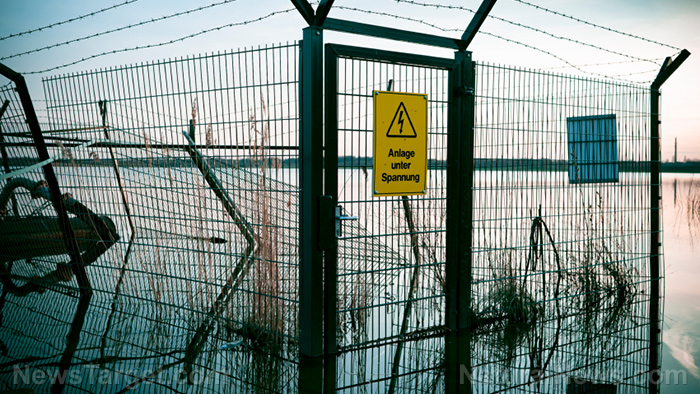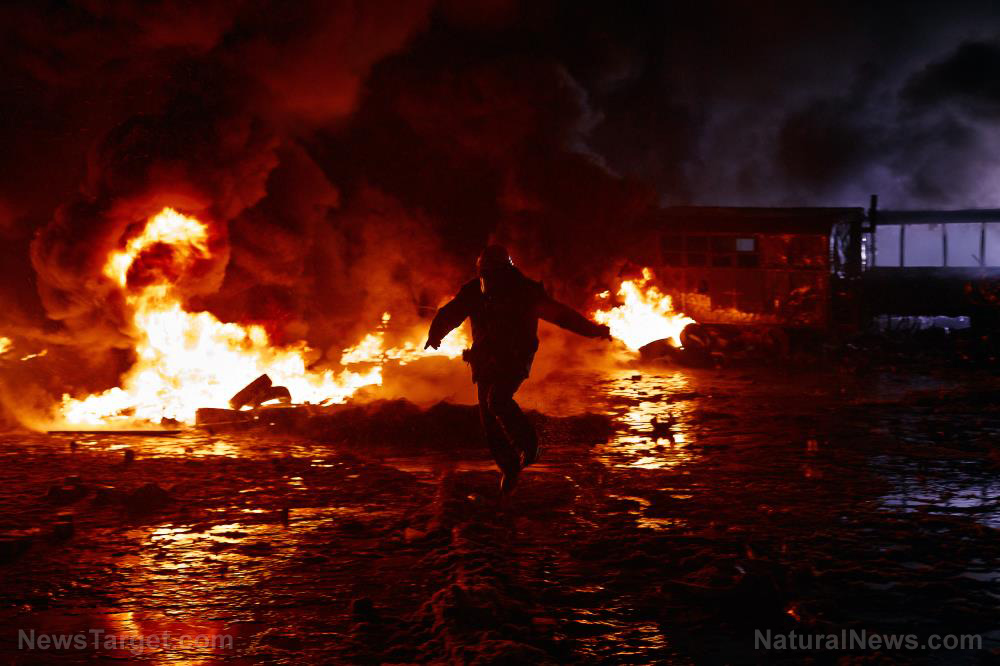9 Skills every prepper must master
11/13/2018 / By RJ Jhonson
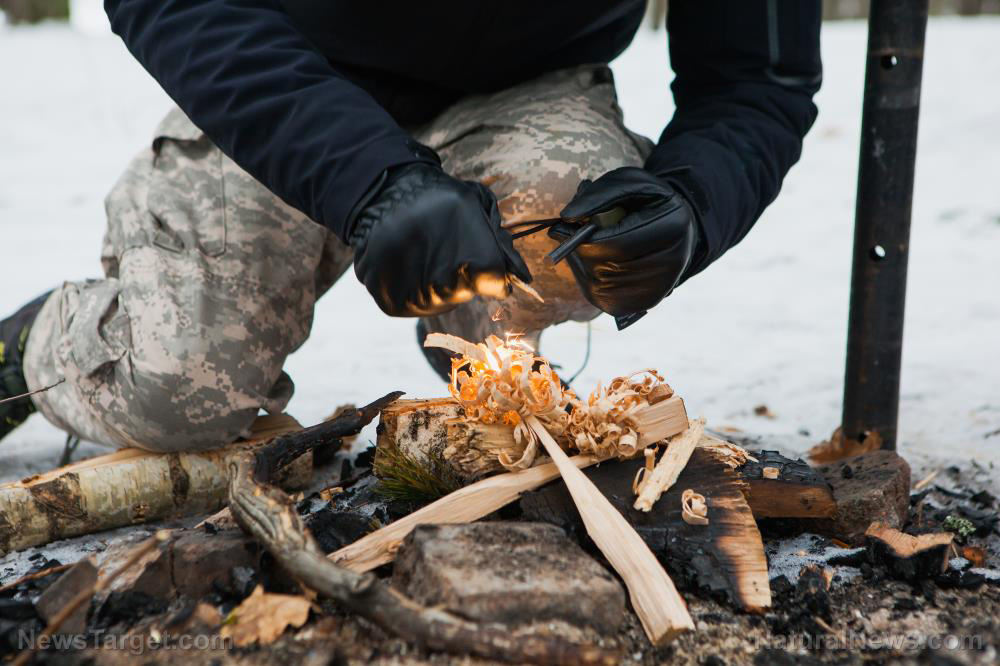
Being prepared for when SHTF takes more than having the right equipment. You need to prepare yourself, too. Mastering the following skills as soon as possible will help you become the most effective prepper you can be. (h/t to ThePrepperJournal.com)
Constructing a survival shelter
Never underestimate the value of a roof over your head when you are in the wilderness. Even if you are in top shape, your body may not be able to withstand the elements for prolonged periods. Even a rudimentary shelter will protect you from rain, snow, strong winds, and extreme heat, among others, when built properly.
The first thing to consider when building a shelter is location. Choose a level and higher ground, an area that is not prone to flooding and is away from hazards like falling branches. At the same time, the area must not be prone to strong winds. To protect yourself from sudden temperature changes, cover the ground with dry wood or leaves for insulation.
Discovering water sources
So you have built your shelter – the next thing you need to do is find water. Your body is made up of a lot of water, so you won’t survive without it for very long. A good thing to keep in mind is that although some sources of water may seem fresh, they won’t always be safe to drink. Make sure to boil your water before drinking it to get rid of potentially infectious pathogens. You may also obtain water from particular plants.
Starting a fire but without matches
Fire is an essential tool for survival, being a source of valuable heat, a tool for cooking, and a protective measure from wild animals. It also gives you light and acts as a signal for potential rescuers. If you plan to go out into the wild, you need to have fire-starting tools, such as tinder or a lighter. You also need to learn to start a fire without these tools though, using methods such as hand drill and bow drill, among others.
Basic survival and herbal medical skills
When SHTF, you may not find medical personnel who will give you the medical attention you need. For this reason, you need to learn to care for yourself – and others, when possible. Study how to use basic items, such as your shirt or your belt, as a treatment tool. You will also need to brush up on herbs and what you can use them for. Here are some good examples of herbs and their common medicinal applications:
- Plantain – This herb is useful for relieving venomous bites and stings, but not for snake bites.
- Lavender – You can use this herb to relieve itching, treat burns, and repel insects.
- Blackberry – This berry may be eaten to relieve constipation.
- Dandelion – This medicinal herb can be consumed to aid in digestion.
- Yarrow – This herb is excellent for treating burns and wounds.
Finding and growing edible food
Stores won’t always be around to supply you with food once SHTF. You may need to find or grow your own food if you want to survive. You can hunt or fish, or you can gather edible herbs, fruits, or mushrooms. These will provide you with the nutrients you need to live and stay alert.
If you find food you’re not familiar with, it’s best not to risk getting poisoned by them. That said, you will need to familiarize yourself with edible plants in your area so you won’t run out of potential choices. Open yourself to eating edible insects and other animals, too, as these may be excellent sources of proteins and other nutrients.
Defending yourself
When SHTF, you may not be safe from other people. You will, therefore, need to learn to protect yourself from people who may compromise your safety or take away your hard-earned resources. Obtain tools you can use to protect yourself with, such as guns or knives. But supposing these are not available, you may need to learn to make your own weapons.
Navigating to safety
You can’t always depend on a GPS or a map to guide you to safety, so you will need to learn to use your surroundings as a guide. Here are some things you can use:
- The sun – Because the sun always rises from the east and sets on the west, knowing its position relative to yours can help you determine which is north and south.
- Stars – If you are in the northern hemisphere, you can use the Polaris to find the northern direction. You will find this star at the edge of the Little Dipper constellation.
- Landmarks – These can include natural and artificial structures, such as rivers, lakes, mountains, bridges, and buildings.
Making a signal
If you need rescuing, knowing how to create and use signals will increase your chances of survival. Some handy signals you can use are:
- Smoke – When building a fire or smoke, you need an area that is uphill and clear from any obstructions. These will ensure that rescuers won’t have any problems seeing your signal and finding your location.
- Reflectors – These can be any shiny object, ranging from mirrors to binoculars, to contact lenses. As long as an object can reflect light, you can use it to signal to rescuers.
However, pay in mind that your signal may not always attract the good guys. As such, always be careful before signaling your location, especially in SHTF environments. (Related: Prepping for the unexpected on the go: 10 must-haves for your glove box.)
Training your mind
Your most important weapon will always be your mind. Unfortunately, you may not be as prepared for SHTF environments as you think, especially in terms of your mentality. You can keep yourself alert by training for stressful situations. Another great option is to prepare a plan for everything. This way, you won’t have to second-guess yourself once the worst does happen.
Learn essential survival skills for SHTF situations at Survival.news.
Sources include:
Tagged Under: bug out, edible plants, emergencies, finding water, foraging, growing food, making fire, preparedness, prepper, prepping, self-defense, SHTF, survival, survival food, survival shelter, survival skills, wilderness



